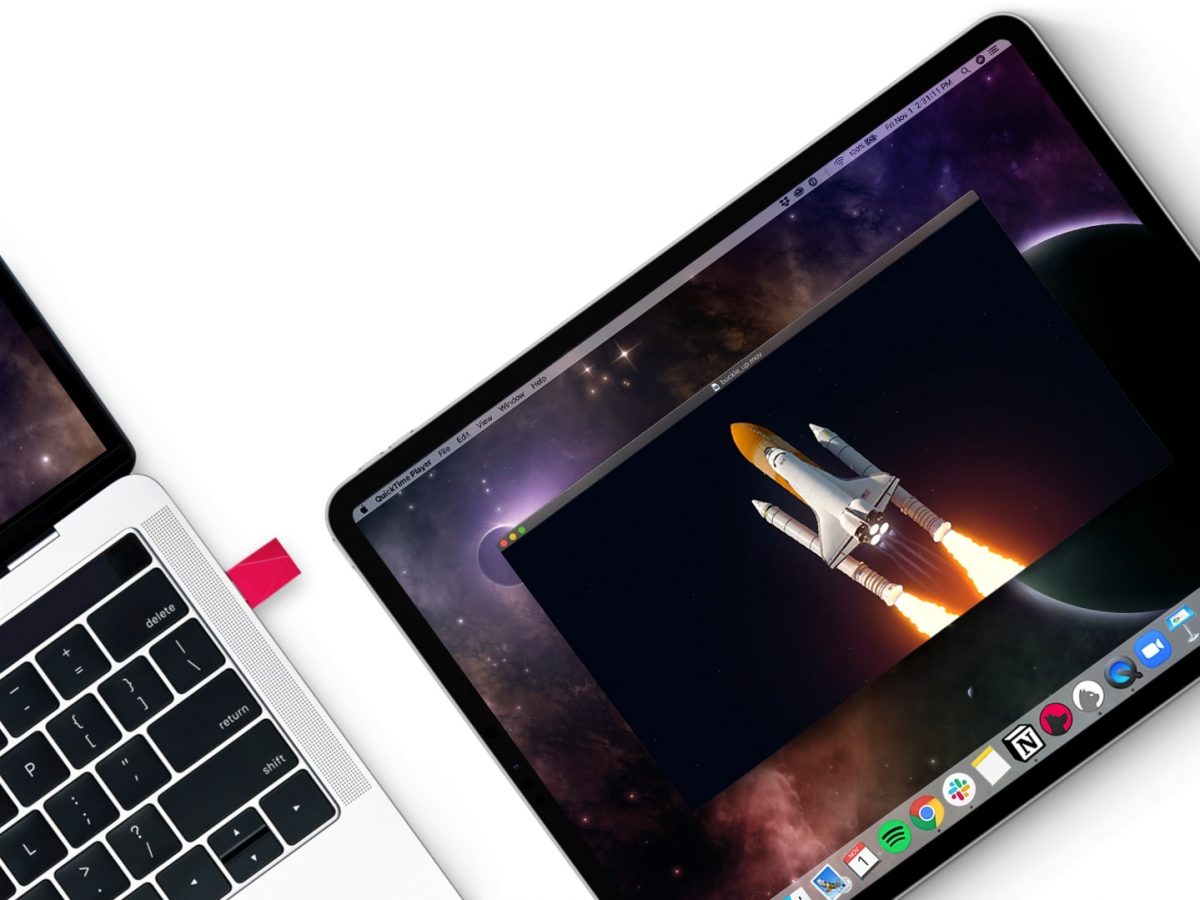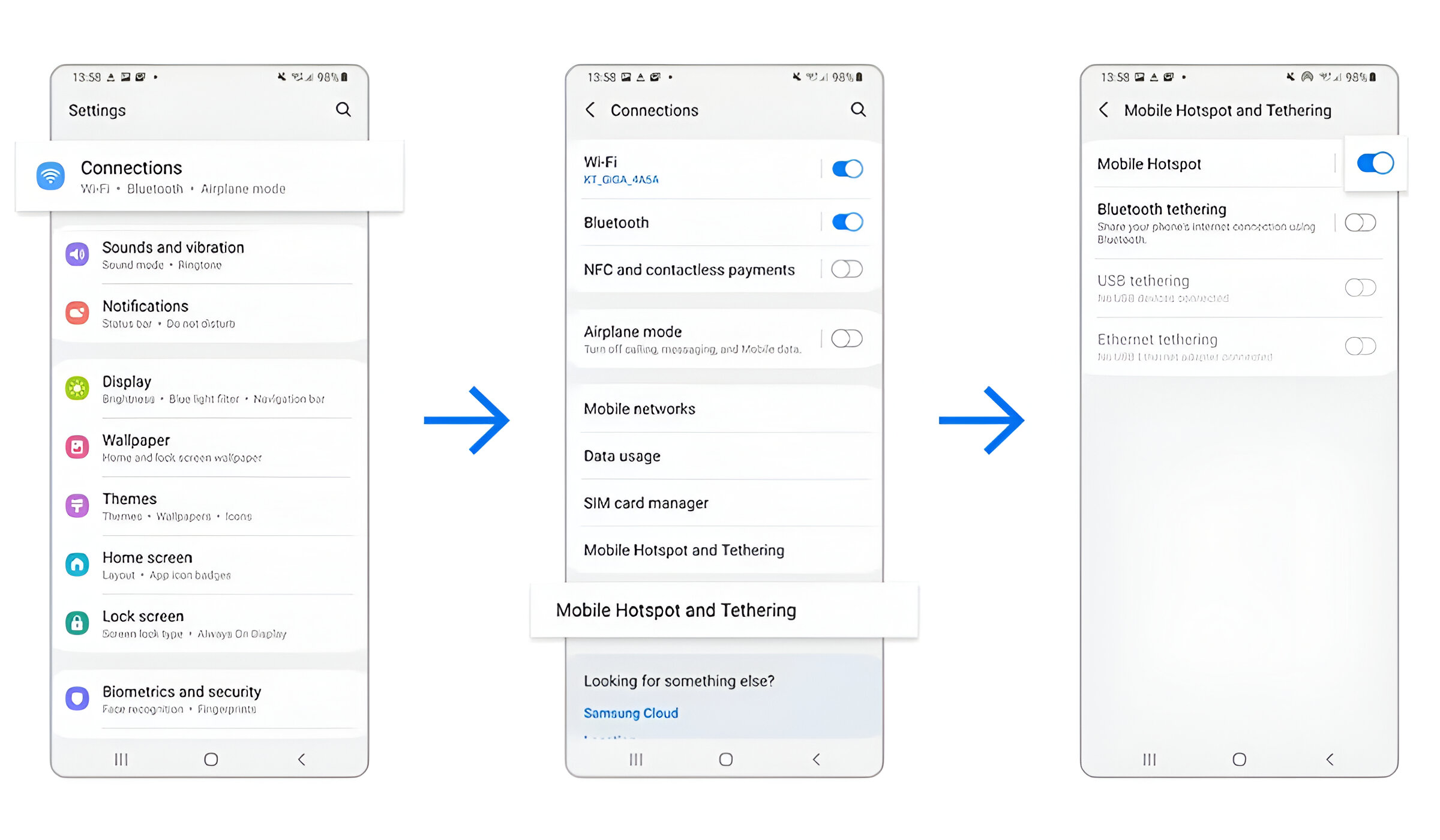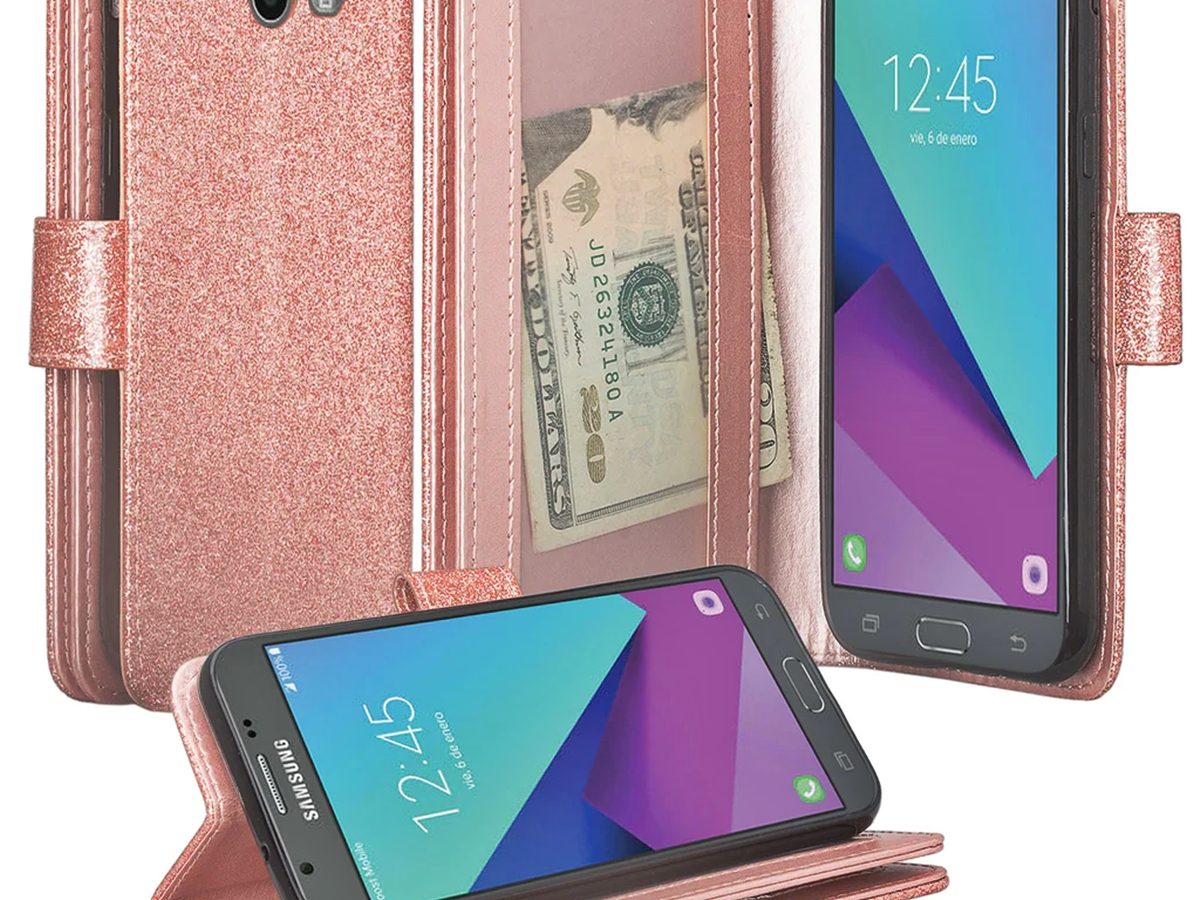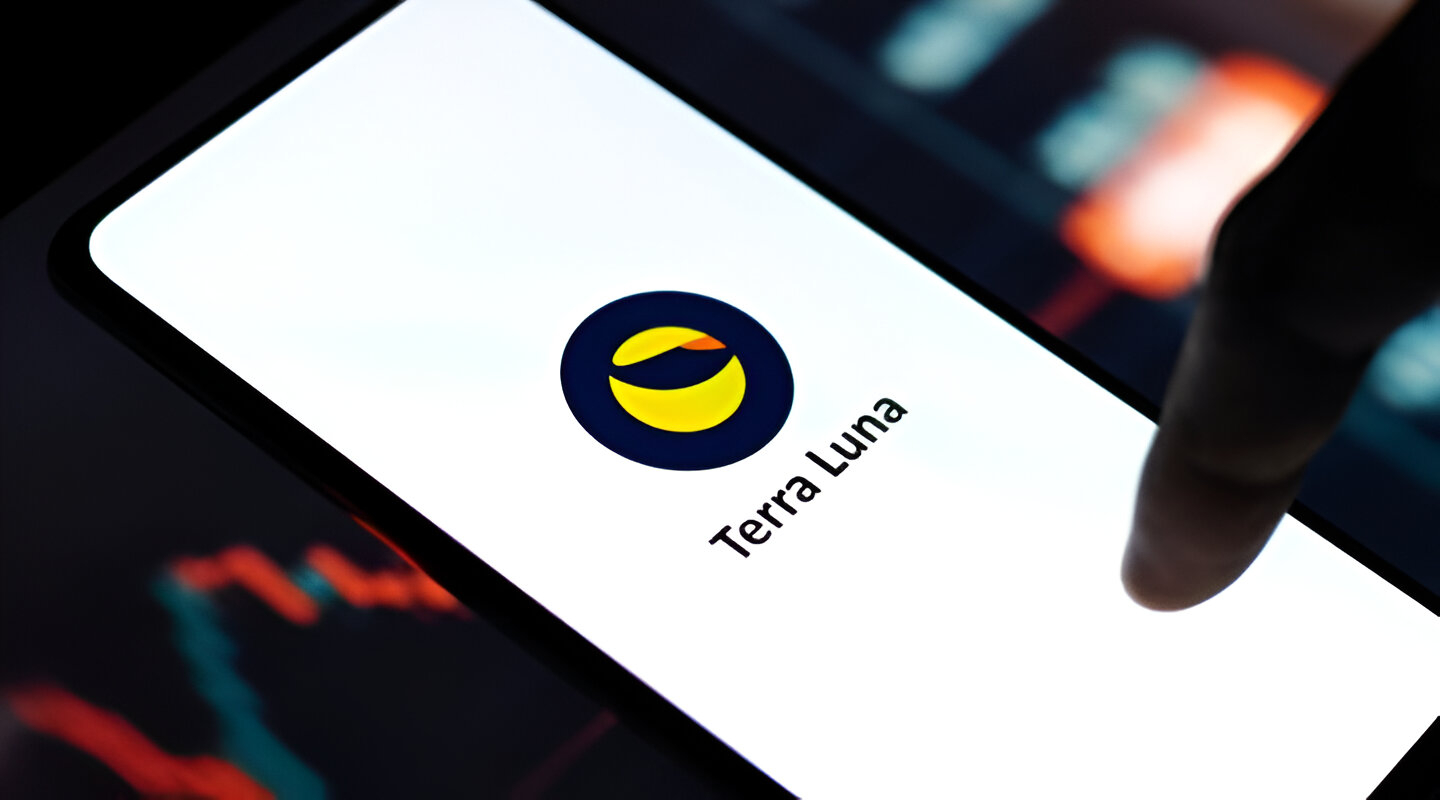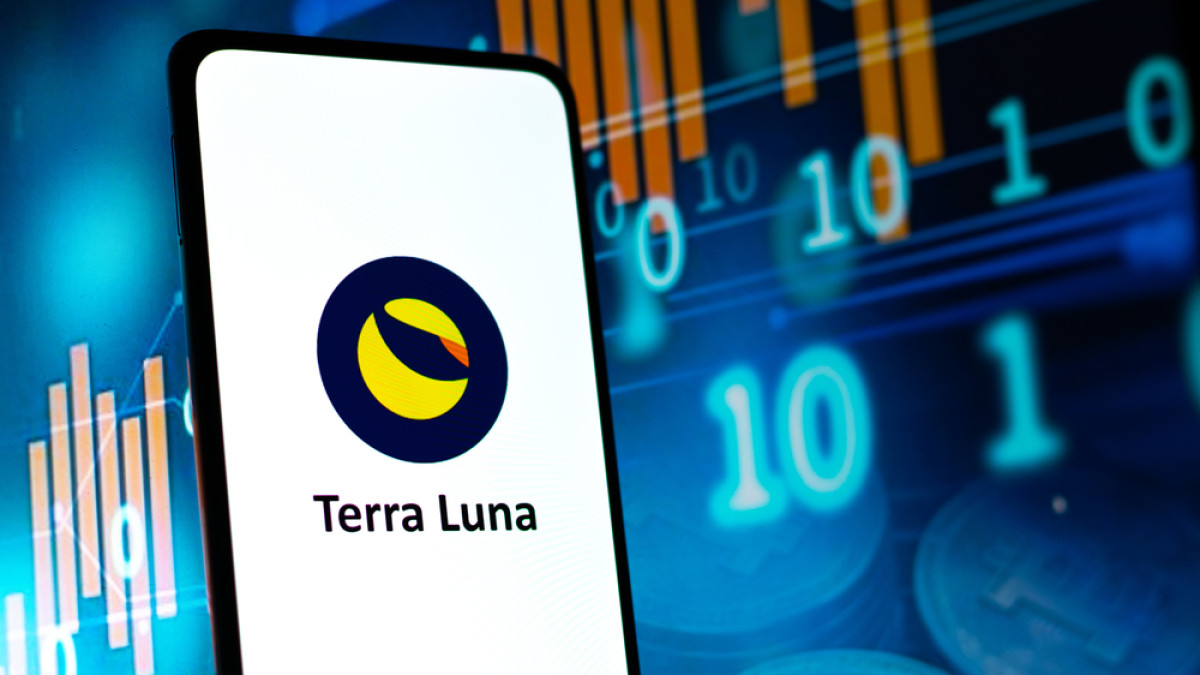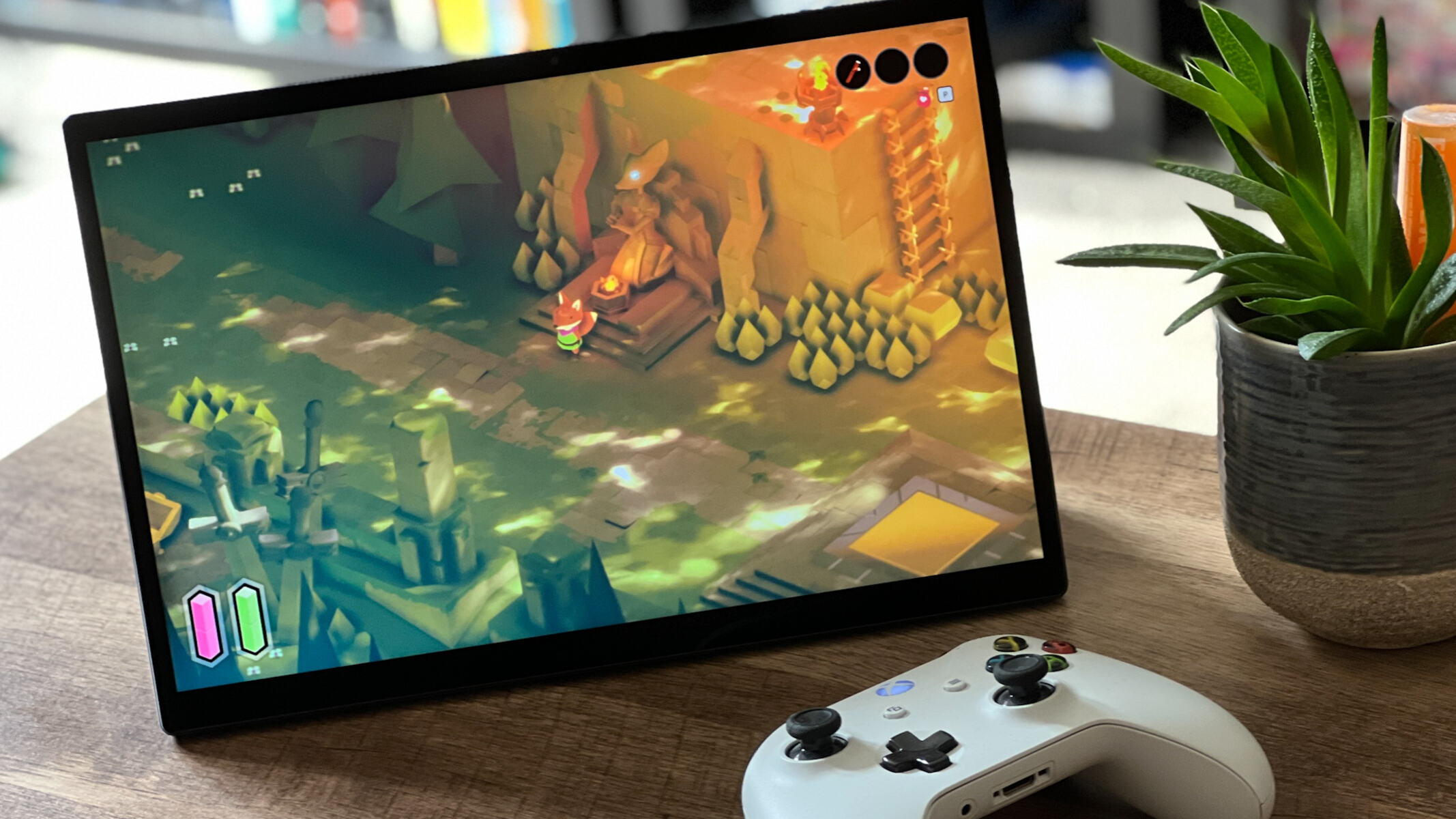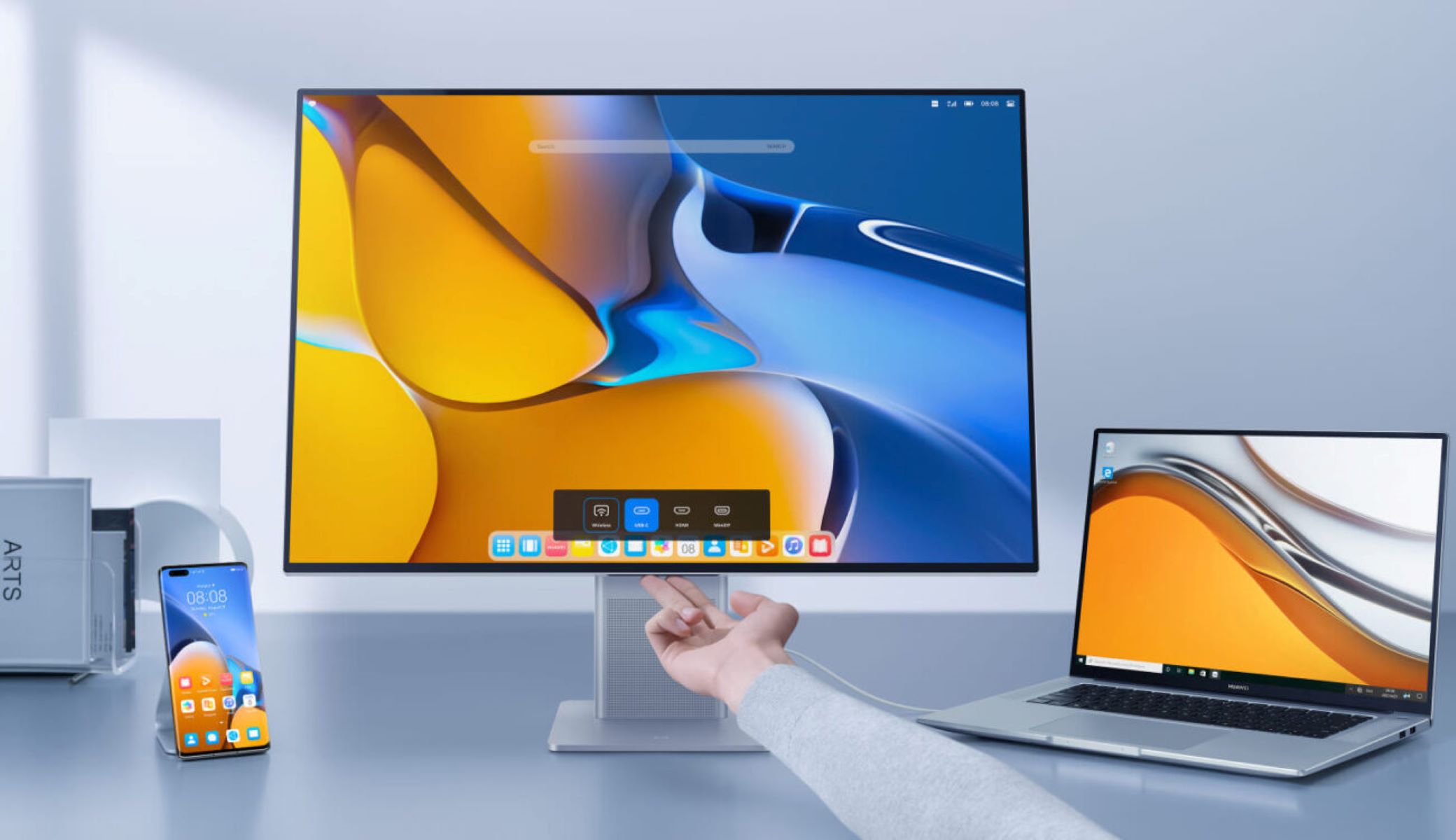Most people nowadays struggle with limited screen real estate. There just never seems to be enough space to fit in all the browser tabs, apps, and documents that we want. Enter Luna Display — a wireless display dongle that can connect your computer to an auxiliary device to extend its display. This portable device can get you the extra space that you need with access to all the same apps and files. Let’s take a look at how Luna Display works and the advantages that come with it.
What Is Luna Display?
Luna Display is a wireless display dongle that connects to a computer screen to expand it onto a second device. The ported dongle connects two devices wirelessly so you can extend the display of your primary onto a secondary device.
Luna Display is the brainchild of Astropad, a US-based tech company that specializes in wireless drawing tablets. It was originally released back in 2017, and during that time, it was aimed primarily at Mac users.
Apple would later “sherlock” (pop culture term for copying) Astropad’s idea and turn it into a macOS feature called Sidecar. Astropad would later expand the dongle’s functionality to allow for a completely wireless connection, most likely as a way to square up with Apple. At the same time, they would also release a separate version of the dongle for PC in response to years-long public clamor.
Nowadays, you can find two separate versions of the Luna Display; one for Macs and one for Windows computers. There are also various port options for the dongle, depending on the type of ports that your computer has.
Luna Display: How It Works
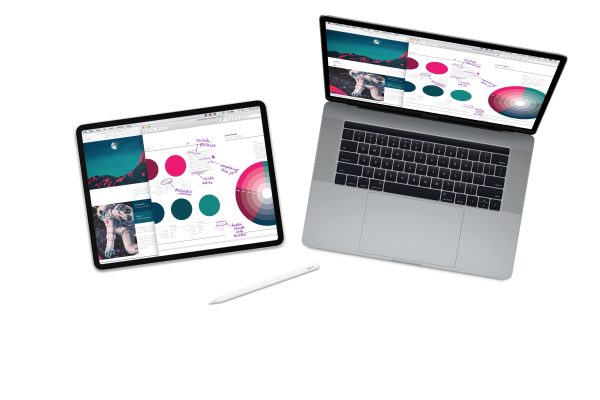

While the idea of connecting two devices to use as an extension for the other may sound complicated, the truth is that it’s quite simple. Most laptops come with extra ports that allow you to hook up additional monitors to them, and the monitor can be anything from a laptop to a television screen. Luna Display takes after the same concept, except that everything can be done completely wirelessly.
There are always two devices involved when it comes to displaying extensions: a primary device and a secondary device. The primary device’s display is extended, while the second device’s screen space reflects the extension. In this case, the primary device can be either a Mac or a PC, while the secondary device can be either an iPad or Mac.
The Luna Display connects to your primary device via a physical port, while it connects to the secondary device completely wirelessly. A wired connection is also possible if your Wi-Fi is too weak or unreliable. This will require you to plug in a cable (USB, Ethernet, or Thunderbolt) into both devices while using the app to manage the connection.
With the appropriate software installed in each device, Luna Display will automatically turn your secondary device or iPad into a second screen. That is, you can already run apps and programs as well as open documents using the second screen.
Using the drag and drop method, Luna Display will also allow you to move apps and programs from your computer into the iPad. For example, you can move the Adobe Photoshop app from your computer and into your iPad and open the program from there while your computer runs other programs.
Luna Display: Pricing and Availability


Luna Display was originally exclusive for Mac devices, but they have recently released a version for Windows 10. Users also get to choose between the type of plug for their dongles: USB-C (for Mac and PC), MiniDisplay port (for Mac), or HDMI (for PC). The USB-C type dongle can be used interchangeably between Macs and Windows 10 computers.
The Luna Display comes in a package with an instruction manual and a warranty agreement. The package can cost anywhere between USD 110 to 130. Admittedly, this price range is rather steep for a dongle and nothing else. But then again, there are not many devices in the market that offer the same wireless functionality and portability as Luna Display.
Luna Display: System Requirements
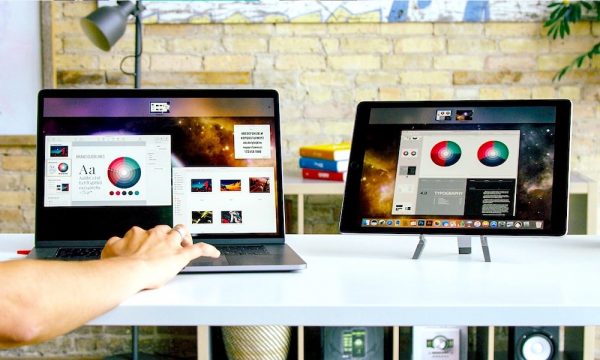

Luna Display can work with more devices now than ever. Nonetheless, there are still limitations when it comes to the types of devices that it can work with. As such, you will have to make sure to inspect your device’s specifications before making a purchase. Here are the minimum specifications you need to meet:
Primary Device Requirements


The primary device is the device whose screen space you want to extend and the device that the Luna Display plugs into. It can be either a Mac device or a Windows device. Here are the minimum specifications for the primary device:
1. Mac (Primary)
The primary Mac can connect to an iPad or another Mac computer. Only Mac models dated 2011 or later are compatible, and they must also run with the operating system of macOS 10.11 El Capitan or later.
2. PC (Primary)
The primary PC can connect to an iPad or a Mac computer. Unfortunately, Luna Display can only accommodate Windows 10 as of now, and other operating systems (Linux, Unix, Android) are not yet supported. More specifically, the device can only work with Microsoft Windows 10 64-bit, Build 1809, or later.
Another requirement is that the PC must have either an Intel or AMD processor with 64-bit support. The processor must also run on at least 2GHz or a faster processing speed. It must also meet the GPU requirement, meaning it must have any of the following GPU models: Intel HD Graphics 520, NVIDIA GeForce 820M or later, AMD Radeon RX Vega 3, or equivalent DirectX 11 compatible GPU.
Even storage space is a consideration, and it must have at least 4 GB of RAM and at least 1 GB of remaining hard drive. It must be able to connect to the internet through the 802.11n frequency, or wired internet using standard cables.
Secondary Device Requirements


The secondary device is the device that will function as your second display. The device connects wirelessly to the Luna Display and can be either an iPad or a Mac computer. Here are the minimum specifications for the secondary device:
1.iPad (Secondary)
The iPad can connect to both Mac and Windows 10 computers. The model of the iPad is not specified, but it must have an operating system of iOS 12.1 or later. In addition, the device must run with at least a 64-bit processor. Anything lower, such as a 32-bit processor, will not work.
2. Mac (Secondary)
The Mac can connect to other Macs as well as Windows 10 computers. While the model of the secondary Mac is not specified, it must run on at least macOS 10.11 El Capitan or later.
Luna Display: Setup
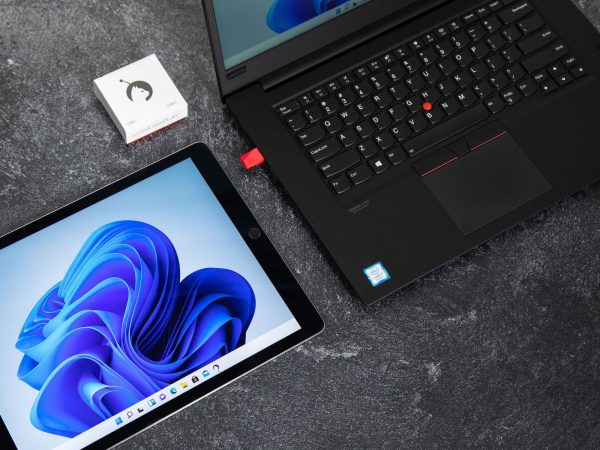

Depending on the form factor of the dongle that you purchased, it should be able to fit into any of the following standard ports on your Windows 10 PC or Mac: HMDI, USB-C, or MiniDisplay. The actual size of the device can vary slightly depending on the type of dongle that you are using. But the differences are highly negligible.
Luna Display App
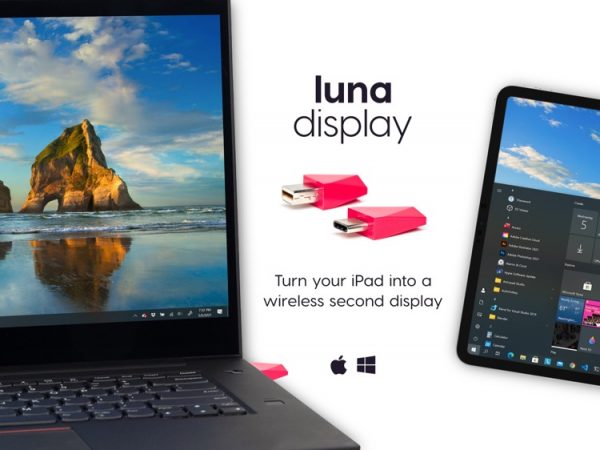

Luna Display operates on a plug-and-play system. But before you plug in the device for the very first time, take note that you will first have to download the Luna Display app for both your devices — the desktop version for your primary Mac or PC and the secondary app for your iPad or Mac.
Once the applications are running on your device, you can already plug in your Luna Display onto the primary device. Take note that the dongle should be plugged directly into your computer. Make sure there’s no accessory cable or adaptor in the way or the dongle will not work.
You’ll know when it’s plugged in correctly if an app opens up on your screen. The app will facilitate communication between the two devices. It will take you through a setup wizard from where you can select a few options to customize your user experience.
Positioning


The setup wizard will ask you to choose a placement for your secondary device with the primary device. This will determine the direction of your touch gestures while using the secondary device.
You can position your secondary device either to the left or right of the primary, which will have you swiping apps in the opposite direction. You can also customize the arrangement by clicking on the “Customize Options” tab in the setup wizard.
Retina Display


The setup wizard will also require you to enable or disable the Retina resolution for the secondary screen. Retina resolution refers to nothing more than the standard resolution for your screen. Enabling or disabling the Retina resolution both comes with tradeoffs, and either option is useful in particular situations.
Enabling the option will make your secondary screen as clear and detailed as day, but it can also increase latency. This option is ideal for situations where you want to watch movies, view photos in high quality, or work on graphics-intensive tasks.
Disabling the option will make your screen look blurry, but it will reduce latency. This is ideal for completing standard tasks that require lower latency (e.g., typing an email). Disabling Retina is also a go-to option for when your internet connection is too weak or unstable.
Also Read: How to Calibrate Monitor Color Display for Windows & Mac
Wired Setup
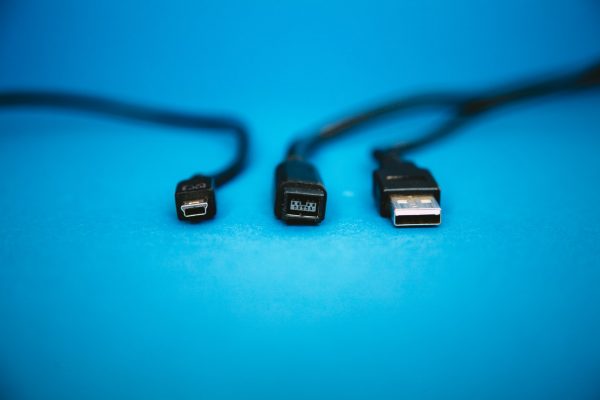

The wireless connection is entirely dependent on your internet connection. And let’s face it, there will be days when your internet connection can get in the way of your plans. Luckily, there is a way to get Luna Display working even without an internet connection. That way is to establish a wired connection between the primary and secondary devices.
To establish a wired connection, you will need to use a connector cable that both your primary and secondary devices can accommodate. Your options for a cable include a USB, Ethernet, or Thunderbolt type cable. The Luna Display app on your desktop works without an internet connection, which makes it your go-to point for initiating a wired connection. Luna Display app on your desktop. Take note that the dongle must be plugged into the primary device as per usual.
Luna Display: Features
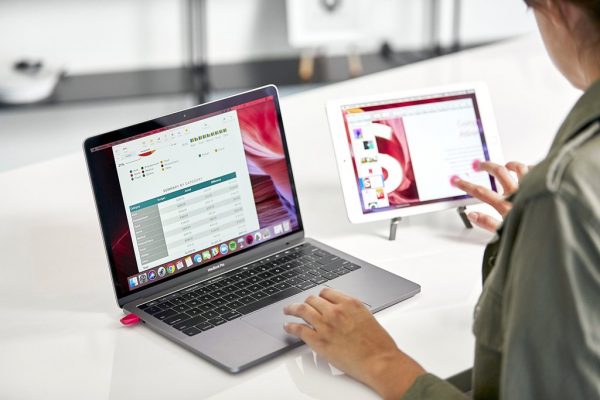

Aside from turning your iPad or Mac into a second screen, Luna Display also offers additional features to improve your overall user experience. Here are some of the features that come with using Luna Display:
Compatibility with Desktop Apps


Luna Display is compatible with practically all desktop apps that you want to run. The reason has to do with the way the device works. Remember, the device simply extends your extension, meaning it does not work directly with any of the apps on your primary device. Any application you have already installed on your primary device will also work on the secondary device.
Connectivity Options


Unlike most devices that connect to the internet, Luna doesn’t require independent access to it. For as long as the dongle is connected to a device with an internet connection, it should be able to scan for secondary devices.
However, it’s important to note that it can only detect and communicate with devices that are connected to the same network. The dongle will not detect devices that are outside of the network. Neither can the dongle communicate with devices that are outside of the network.
But while a wireless connection is ideal, it’s not always feasible. In cases where a wireless internet connection is not possible, users can turn to a wired connection with a little help from the Luna Display app.
Touch Support and Gestures


While the process of extension may take over the screen of your secondary device (iPad or Mac), the process doesn’t change the fundamental mechanics of the device. Basic touchscreen gestures (swipe, pinch, pan, zoom, tap) will still work on iPads as well as Macs with touchscreens. Macs, in general, will also retain their keypad functions, so you can type on them normally. You can also connect an external keyboard or mouse to your iPad to extend its functionality.
Reduced Latency


To reduce overall latency, Astropad created a proprietary video compression technology specifically for Luna Display. Known simply as LIQUID, the technology can adapt to real-time feedback as well as to the fluctuations in network conditions. Not to mention, the device can tap into GPU acceleration to further reduce latency in case of restrictive external conditions. The purpose of the technology is very simple, and that is to help ensure that your devices stay responsive no matter the situation.
Astropad conducted its tests on Luna with the addition of LIQUID. The results indicate a latency of anywhere between 16 to 32 milliseconds (ms) over a wireless internet connection. This rate is much lower compared to both Windows Connect and Apple’s Airplay, which poses an advantage.
But then again, you also have the quality of your internet connection to consider. Slow or unreliable internet will lead to a drop in your frame rates. A drop in frame rates, as you may know, can make your screen and visual appear blurry and sluggish. This is why the recommended internet speeds are between 5 to 10 megabits per second (Mbps).
Extended Range


Most devices that offer inter-device screen extensions have limited coverage; which requires you to stay within a few meters of the primary device. Most start to falter once you reach a 10 to 20-meter distance between the primary and secondary device. But with Luna Display, you can go as far as you can, for as long as your internet connection can handle it.
In some cases, you may even be able to separate your devices by a few floors. For example, you can leave your laptop (primary) n the living room and take your iPad (secondary) upstairs without any problems.
Final Thoughts on Luna Display


This concludes our review of the Luna Display. The release of the Windows version of Luna Display revived bright expectations for Astropad, especially after the company was Sherlocked by Apple. This latest move would prove pivotal for the company, as it showed its capability to innovate and push the market towards greater heights.
Despite the outward simplicity of the technology, it proves to be a highly innovative, practical, and timely solution to a problem that most people have, and that is limited screen space. It’s one of the few technologies to make it possible to access a desktop from more than one device. It’s also one of the few devices to make display extension possible in both a wired and wireless setup. This type of innovation nails the relevance aspect to a tee, and we are looking forward to seeing more of it in the future.
Also read: How to Install Windows on Mac for Dummies







